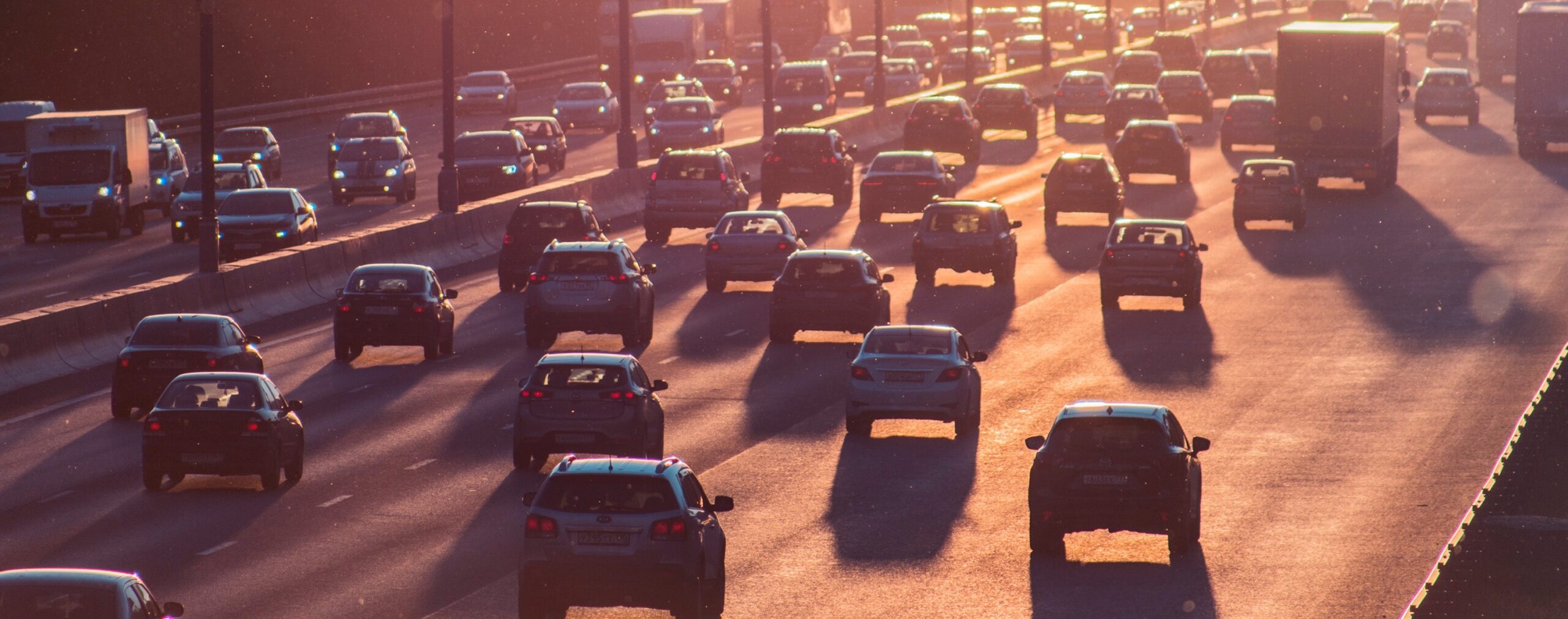
The problem / business concept
An increasing number of people are victims of pollution due to smog (fine dust and benzene), harmful processes (dust or chemical agents), as well as pandemic viruses like Covid 19. Smog is a major risk factor. The International Agency for Research on Cancer (IARC) classified air pollution and fine particles as a type 1 carcinogen and estimates that smog causes 467,000 deaths in Europe alone (source: AEA - European Agency of the environment / OMS World Health Organization, 2018). This means that even a simple walk in polluted cities has become a health risk factor.
DRAWBACKS
All of these systems have unavoidable drawbacks. They're uncomfortable, unesthetic, make you sweat, hide your mouth and smile, and make conversation and communication more difficult. Additionally, they do not protect when drinking or eating and are a problem for those who wears glasses due to fogging etc.

The EXISTING SOLUTIONS
PASSIVE PROTECTIVE SYSTEMS
There are multiple solutions aimed at trying to protect or contain health risks associated with airborne pollutants. These solutionsy are based on the creation of a physical barrier capable of holding, or blocking, harmful particles between the environment and the inhaled air. Historically, these barriers adhere to the face in the following forms: - Fabric respiratory masks for medical or “dustproof" purposes. - Clear plastic visors that are worn through sidepieces (like those for the glasses), which can also be equipped with passive filters. - The association between plexiglass visors + respiratory masks represent a further solution that offers a higher degree of protection as it protects against both droplets and aerosols. Almost all of these existing solutions do not require battery power to provide the protection, so they can be considered "passive" system.
aCTIVE PROTECTIVE SYSTEMS
